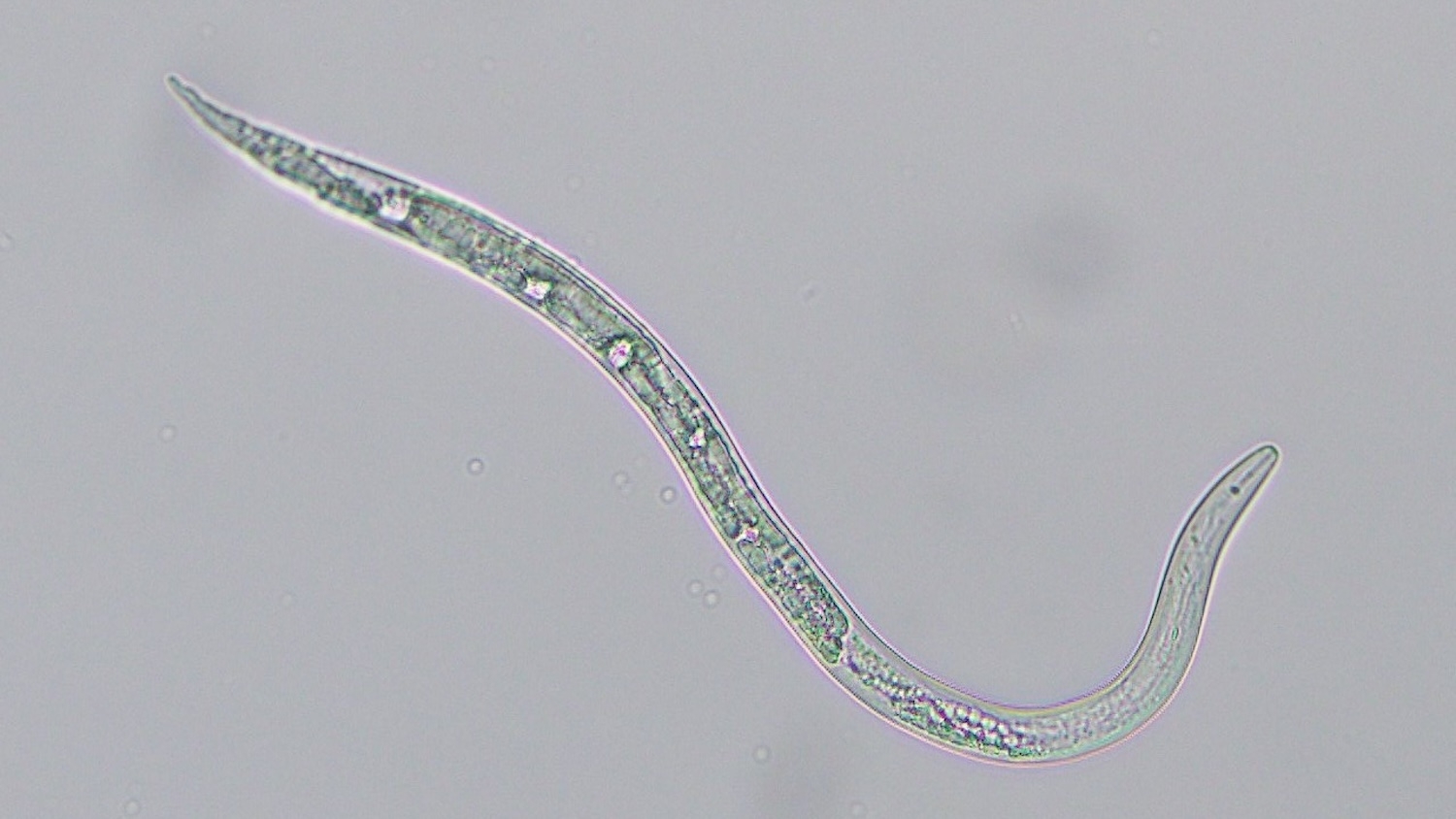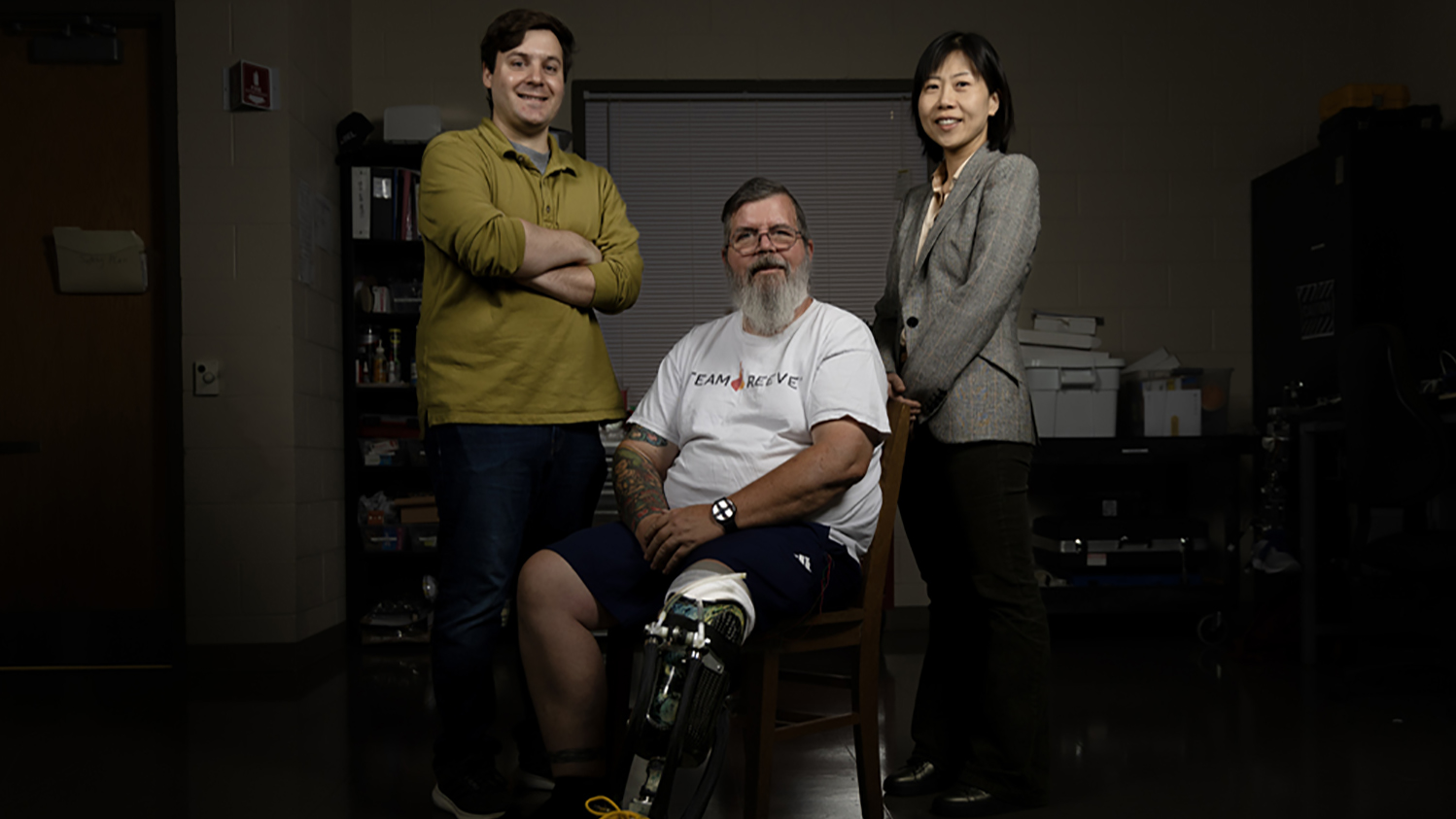Using liquid metal to turn motion into electricity – even underwater

Researchers at North Carolina State University have created a soft and stretchable device that converts movement into electricity and can work in wet environments.
“Mechanical energy – such as the kinetic energy of wind, waves, body movement and vibrations from motors – is abundant,” says Michael Dickey, corresponding author of a paper on the work and Camille & Henry Dreyfus Professor of Chemical and Biomolecular Engineering at NC State. “We have created a device that can turn this type of mechanical motion into electricity. And one of its remarkable attributes is that it works perfectly well underwater.”
The heart of the energy harvester is a liquid metal alloy of gallium and indium. The alloy is encased in a hydrogel – a soft, elastic polymer swollen with water.
The water in the hydrogel contains dissolved salts called ions. The ions assemble at the surface of the metal, which can induce charge in the metal. Increasing the area of the metal provides more surface to attract charge. This generates electricity, which is captured by a wire attached to the device. Video of the technology can be found at https://www.youtube.com/watch?v=VB3jGaPWQGE.
“Since the device is soft, any mechanical motion can cause it to deform, including squishing, stretching and twisting,” Dickey says. “This makes it versatile for harvesting mechanical energy. For example, the hydrogel is elastic enough to be stretched to five times its original length.”
In experiments, researchers found that deforming the device by only a few millimeters generates a power density of approximately 0.5 mW m-2. This amount of electricity is comparable to several popular classes of energy harvesting technologies.
“However, other technologies don’t work well, if at all, in wet environments,” Dickey says. “This unique feature may enable applications from biomedical settings to athletic wear to marine environments. Plus, the device is simple to make.
“There is a path to increase the power, so we consider the work we described here a proof-of-concept demonstration.”
The researchers already have two related projects under way.
One project is aimed at using the technology to power wearable devices by increasing the harvester’s power output. The second project evaluates how this technology could be used to harvest wave power from the ocean.
The paper, “A Soft Variable-Area Electrical-Double-Layer Energy Harvester,” is published in the journal Advanced Materials. First author of the paper is Veenasri Vallem, a Ph.D. student at NC State. Co-authors include Erin Roosa and Tyler Ledinh, who were undergrads at NC State when the work was done; Sahar Rashid-Nadimi and Abolfazl Kiani, who were visiting scholars at NC State and are now at California State University, Bakersfield; and Woojin Jung and Tae-il Kim of Sungkyunkwan University in South Korea, who worked on the project while visiting NC State.
The work was done with support from NC State’s ASSIST Center, which is funded by the National Science Foundation under grant EEC-1160483. Additional support came from the Coastal Studies Institute of North Carolina and the Fostering Global Talents for Innovative Growth Program supervised by the Korea Institute for Advancement of Technology.
-shipman-
Note to Editors: The study abstract follows.
“A Soft Variable-Area Electrical-Double-Layer Energy Harvester”
Authors: Veenasri Vallem, Erin Roosa, Tyler Ledinh and Michael D. Dickey, North Carolina State University; Sahar Rashid-Nadimi and Abolfazl Kiani, North Carolina State University and California State University, Bakersfield; Woojin Jung and Tae-il Kim, Sungkyunkwan University
Published: Aug. 31, Advanced Materials
DOI: 10.1002/adma.202103142
Abstract: The technological promise of soft devices—wearable electronics, implantables, soft robotics, sensors—has accelerated the demand for deformable energy sources. Devices that can convert mechanical energy to electrical energy can enable self-powered, tetherless, and sustainable devices. In this work, we report a completely soft and stretchable (> 400% strain) energy harvester based on variable-area electrical double layer (EDL) capacitors (~40 μF cm-2). Mechanically varying the EDL area, and thus the capacitance, disrupts equilibrium and generates a driving force for charge movement through an external circuit. Prior EDL capacitors varied contact area by depressing water droplets between rigid electrodes. In contrast, here the harvester consists of liquid metal electrodes encased in a hydrogel. Deforming the device by ~25% strain generates a power density ~0.5 mW m-2. This unconventional approach is attractive because (1) it does not need an external voltage supply to provide charge; (2) the electrodes themselves deform; and, (3) it can work under various modes of deformation such as pressing, stretching, bending, and twisting. The unique ability of the harvester to operate underwater shows promising applications in wearable that contact sweat, underwater sensing, and blue energy harvesting.
This post was originally published in NC State News.
- Categories:


